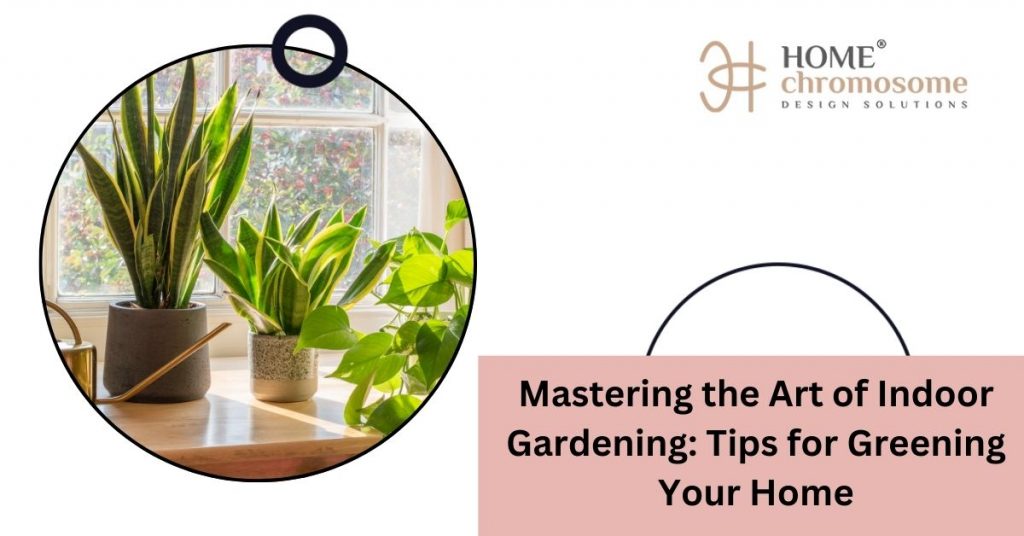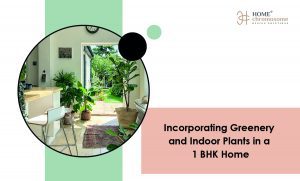
Gardening is no longer limited to the outside of the house. Indoor gardening is also possible; while it may seem daunting initially, there are ways to bring the outside inside with a few pointers. These indoor gardening tips will be helpful, especially if you are just starting.
Indoor Gardening Tips for a Greener Home
Indoor gardening can be both rewarding and therapeutic. It beautifies your home, improves air quality, and creates a calming atmosphere. To help you get started and succeed in your green projects, here are some key suggestions for indoor gardening.
Choosing the Right Plants for Indoor Gardening
Selecting the right plants is the first step in the indoor gardening tip. Some plants thrive indoors while others do not. Succulents, for example, are low-maintenance plants perfect for beginners. They require minimal watering and can thrive in various light conditions. Pothos is another excellent choice known for its air-purifying qualities and hardiness in low light and irregular watering. Spider plants are also resilient, snowball, and help purify the air.

Indoor Gardening Tips: Light and Placement
Light is crucial for plant health, and understanding your plants’ light requirements will help you place them correctly. Most indoor plants prefer bright, indirect light. Placing them near windows that receive filtered sunlight can be ideal. Some plants, like snake plants and ZZ plants, can tolerate low light conditions, making them suitable for rooms with limited natural light. If natural light is scarce, consider using grow lights to provide the necessary light spectrum for plant growth.
Watering Tips for Indoor Plants
Proper watering is essential for healthy indoor plants. Overwatering or underwatering can harm your plants, so it’s essential to understand their watering needs. Before watering, check the soil moisture by sticking your finger about an inch into the soil. If it feels dry, it’s time to water. Different plants have different watering needs; succulents need less frequent watering, while tropical plants may require more. Ensure your pots have drainage holes to escape excess water, preventing root rot.

Humidity plays a significant role in plant health, especially for tropical plants. Grouping plants can create a microenvironment with higher humidity. Using a humidifier can increase humidity levels, especially in dry climates or during winter. Regularly misting your plants can also help maintain moisture, but be cautious; too much misting can lead to mold growth.
Soil and Fertilisation
Choosing the suitable soil and fertilizing appropriately are essential indoor gardening tips for thriving plants. Use a high-quality potting mix suitable for indoor plants, and avoid garden soil as it may not drain well. Indoor plants need nutrients to grow, so use a balanced liquid fertilizer every few weeks during the growing season. Organic fertilizers like compost or worm castings are great for a natural nutrient boost.
Creative Indoor Gardening Tips for Small Spaces
Even if you have limited space, you can still enjoy indoor gardening. Vertical gardening with wall-mounted planters or hanging pots can save floor space and create a green display. Using shelves or stands can also maximize your space without taking up much room. Creating mini-indoor gardens using glass containers, such as terrariums, is perfect for small plants and adds a decorative touch.

Different areas of your home can benefit from indoor gardening tips. Large potted plants or a collection of smaller plants can create a focal point in the living room. Adding a few plants to your Bedside Table Decoration can bring a natural touch to your bedroom. Herbs like basil, mint, and rosemary are decorative and functional in the kitchen. Ferns and air plants can thrive in the humid environment of a bathroom, adding a fresh, green touch.
Dealing with Pests and Diseases
Indoor plants can sometimes attract pests or suffer from diseases. To keep your plants healthy, inspect them regularly for signs of pests like aphids, spider mites, or mealybugs. Use natural remedies like neem oil or insecticidal soap to combat pests. Following proper watering, light, and humidity guidelines will keep your plants strong and less susceptible to diseases.

Final Words
Mastering the art of indoor gardening tips involves understanding your plants’ needs and creating a conducive environment for their growth. Following these tips can cultivate a lush and thriving indoor garden that enhances your home decor. Indoor gardening is a rewarding hobby that brings nature into your home. With the right care and attention, you can enjoy a beautiful and vibrant indoor garden year-round. Embrace these tips and watch your indoor space transform into a green oasis.







